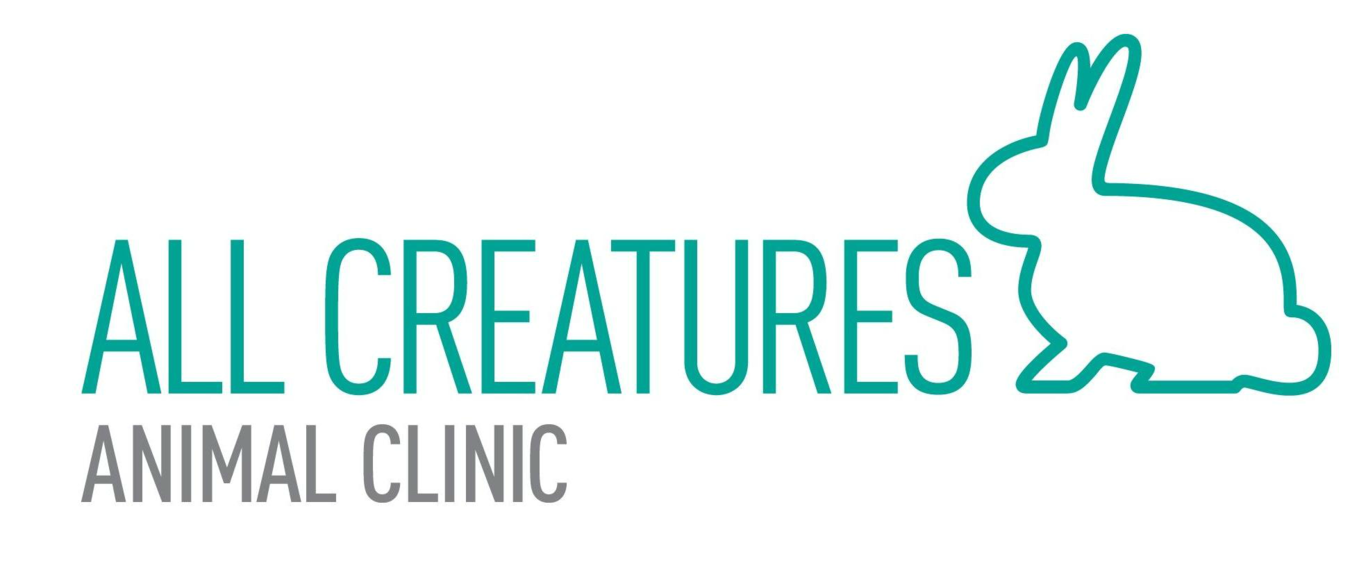Caring for your Cockatiel
Food and Water
The best diet for a cockatiel is a mixture of a pellets and fresh vegetables
Pellets should make up at least 60% of the diet (Harrison’s, Zupreem, Roudy Bush)
Fresh veggies should make up about 40% of the diet
Carrots, Sweet Potato, Dark leafy greens, Celery, Squash, Broccoli
Food clips can help make veggies easier to eat
Seed and millet should be fed as treats only
Make sure to clean out and freshen food bowls daily
Water dishes must be cleaned and refilled daily
Behavior
Cockatiels are highly social birds
For best socializing, cockatiels should be handled daily starting at a very young age
Foraging is a natural behavior for cockatiels- this should be encouraged with toys and food
Cockatiels enjoy showers and/or misting- this also helps to maintain feather quality
A normal cockatiel life-span is 12-15 years, though some will live for over 20 years
Grooming
Regular nail trims are needed- the tip of the nail should be flat with the toe pad
Wing trims are encouraged
Bathing should be done 2-3 times per week by gently misting above the cage
Beak trims are only necessary if there is a medical concern (beak injury, scissor beak)
Housing
A cockatiel's cage should be a minimum of two feet along all sides
The bottom of the cage should be lined with paper above the grates and changed daily
Cages should be placed in a high up location in a visible but low traffic area
Time outside the cage should only occur for socialized and wing-clipped birds
Potential hazards: ceiling fans, getting outside, dogs and cats, windows
Perches should be kept at multiple different levels of the cage
Perches should vary in size, but the highest one will be their most used perch
Their foot should wrap ¾ the way around this perch
UVB lighting may be beneficial to cockatiels
The best source of UVB light is direct sunlight unfiltered by glass
*Taking birds outside can be healthy and enriching, but extreme caution is needed
A UVB light can be placed 12 inches above the cage and should run 6 hours per day
Toys
Cardboard, wicker and durable parrot toys make great toys
Avoid metal toys that may contain zinc or lead
Avoid things that mimic nests (tents, boxes, etc) and mirrors
These can stimulate reproductive behavior
Medical
Female cockatiels can lay eggs even with no male present and can be come egg-bound
Call for advice if your cockatiel is prone to laying eggs
Respiratory infections are common in cockatiels
Tail bobbing, sitting on the bottom of the cage and fluffed feathers are common signs
Mites are commonly seen on the face and feet of cockatiel
Feather destruction behavior is a complex problem that should be addressed promptly
Weight loss or poor appetite are common signs of illness
You can monitor eating by monitoring droppings- the dark part is the feces and it should be the largest part of each dropping- seek advice if feces are becoming smaller or consistently smaller than the white part of the droppings (urates)
Resources
All Creatures Animal Clinic: allcreaturesvet.net, 734-973-1884
Harrison’s Bird Foods: www.harrisonsbirdfoods.com
Lafeber Bird Foods: www.lafeber.com


